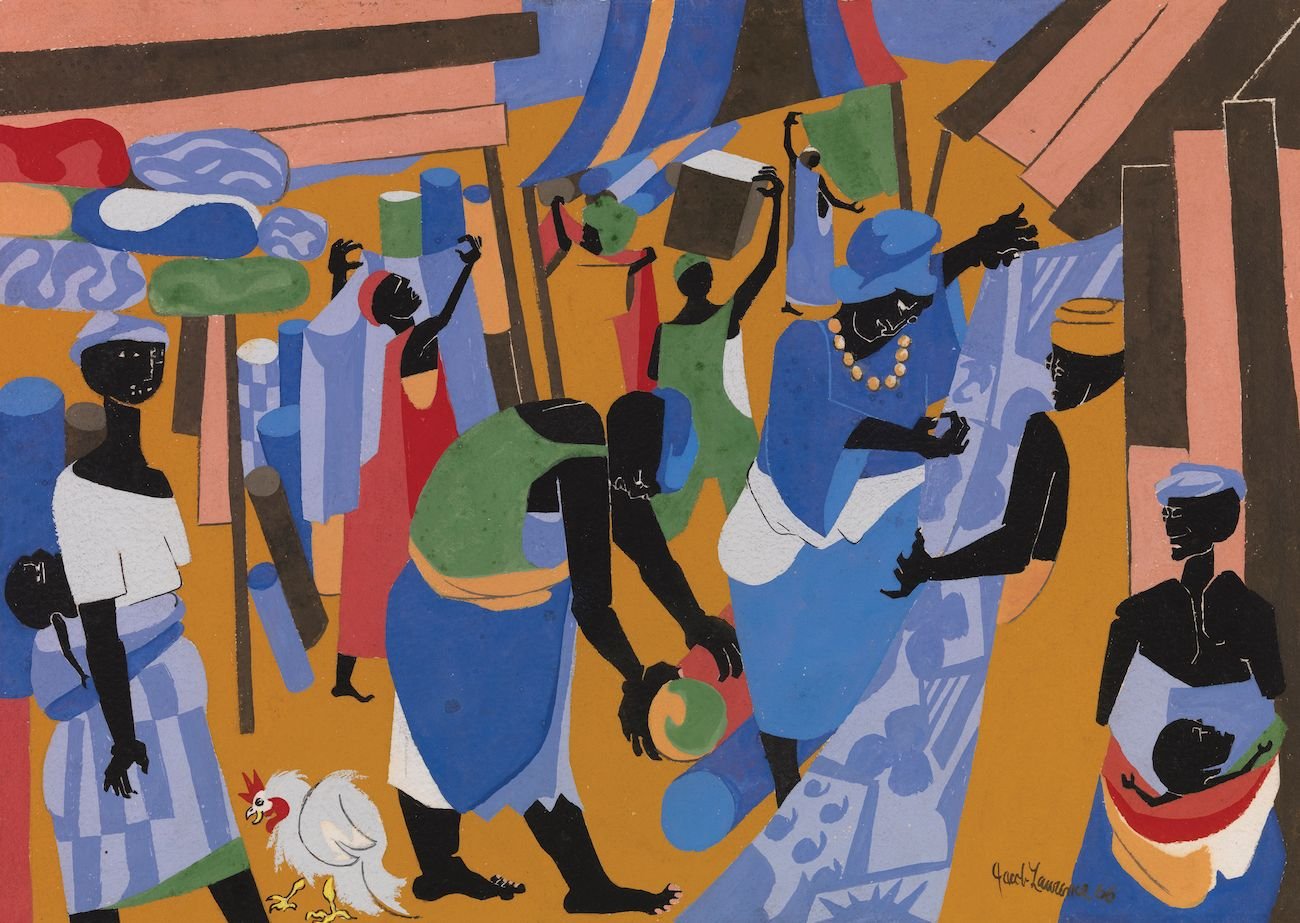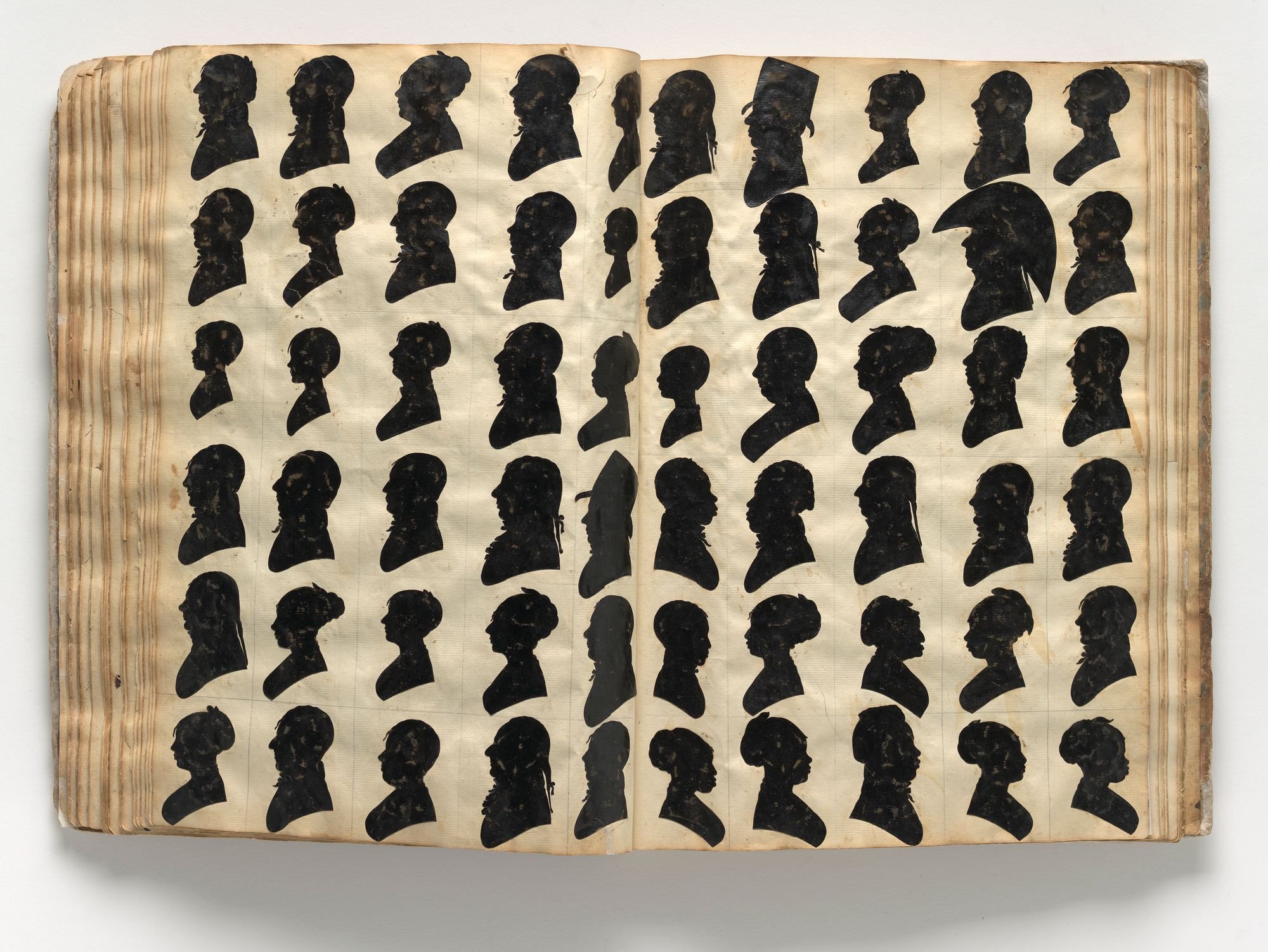Paper craft: Getty Foundation grants $1.55m to undersung prints and drawings projects

Written by Gabriella Angeleti, and published originally by The Art Newspaper, July 14, 2021.
The Getty Foundation in Los Angeles will award 19 museums with grants totalling $1.55m as part of its Paper Project initiative, a programme that aims to support exhibitions and research centred on prints and drawings. “Although prints and drawings are the historic core of many museum collections, they do not often benefit from the spotlight of large exhibitions or glossy catalogues,” says Heather MacDonald, the senior programme officer at the Getty Foundation. “The motivation for supporting these projects, all led by mid-career curators, was to ensure their work had greater visibility, both within their own institution and to the field at large.”
The grant will benefit nine US museums, including the Isabella Stewart Gardner Museum in Boston, which is exhibiting the travel sketchbooks of artist Betye Saar, and ten international museums, such as the National Gallery of Slovenia, which will produce a publication and digital site on the life and work of satirist Hinko Smrekar.
Most of the projects will focus on understudied artists, collections and techniques. For example, the Chrysler Museum of Art in Norfolk, Virginia, will have the first in-depth exhibition on a series of prints by Jacob Lawrence inspired by his travels to Nigeria and his relationship with the Mbari Club, a collective of Nigerian artists, writers and musicians that emerged amid the political upheaval in West Africa during the 1960s.
The show will “provide an opportunity for viewers to consider Lawrence as not an exclusively American artist, but one interested in humanity and in portraying the everyday lives of people he encountered throughout the world”, says the museum’s curator, Kimberli Gant. It will also present the “larger interwoven artistic shifts happening in Nigeria during the first decade of independence, and the importance of international exchange between African American and African artists, an area that also needs further research.”
Various grants will also support digital projects. The Smithsonian’s National Portrait Gallery in Washington, DC, will digitise a full album by the 19th-century artist William Bache, comprising nearly 2,000 silhouette portraits of figures such as Martha Washington and Thomas Jefferson, as well as unidentified subjects. The album, made from arsenic-laced paper, has been previously too fragile to study or display but “attest to the function of hand-cut silhouettes as a uniquely democratic art form prior to the invention of photography”, says the curator, Robyn Asleson.

In addition to documenting the images in high-resolution, the museum will launch a microsite to provide biographical information on identified sitters, and other materials to contextualise the techniques of the period that will help in dating and authenticating works by Bache.
The ongoing Paper Project initiative, which has awarded 50 grants totalling $5.92m since it launched in 2018, was envisioned to “serve the training and professional development needs of early and mid-career curators, the future stewards of prints and drawings collections”, MacDonald says. “Smaller curatorial departments, or often ‘departments of one’, reduced staffing and new demands on curators’ time has left little opportunity to focus on mentoring. As a result, there has been concern that there might not be a strong enough professional cohort as the current generation retires.”
The programme is particularly pertinent in a post-pandemic world. “Such moments of financial and logistical challenge make an institution’s permanent collections one of its most important resources,” MacDonald says. “At a moment when so many museums are striving to expand the narratives that are presented in their galleries, publications, and digital spaces, curators who work with collections of prints and drawings have an important role to play in making these narratives more diverse and inclusive, as these grants attest.”